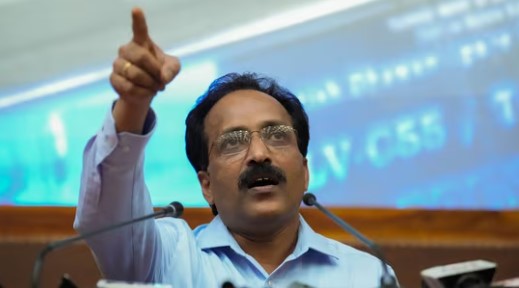
Indian Space Research Organisation (ISRO) chairman S Somanath on Monday said that Chandrayaan-3 will be launched in July this year. He made these remarks after the successful launch of the second generation navigation satellite NSV-01 from Satish Dhawan's Space Centre, Sriharikota, Andhra Pradesh.
Chandrayaan-3 is a follow-on mission to Chandrayaan-2 to demonstrate end-to-end capability in safe landing and roving on the moon. It consists of Lander and Rover configuration. It would launched by LVM3 from Satish Dhawan Space Centre in Sriharikota.
It consists of an indigenous lander module, a propulsion module and a rover. The lander and the rover will have scientific payloads to carry out experiments on the lunar surface.
The mission aims to develop and demonstrate new technologies required for interplanetary missions. The lander will have the capability to soft land at a specified lunar site and deploy the rover, which will carry out in-situ chemical analysis of the lunar surface during the course of its mobility.
The Indian lunar exploration programme, is an ongoing series of outer space missions by ISRO.
Chandrayaan-2 was successfully launched and inserted into lunar orbit in 2019, but its lander “crash-landed” on the moon’s surface when it deviated from its trajectory while attempting to land on September 6, 2019, due to a software glitch.





















